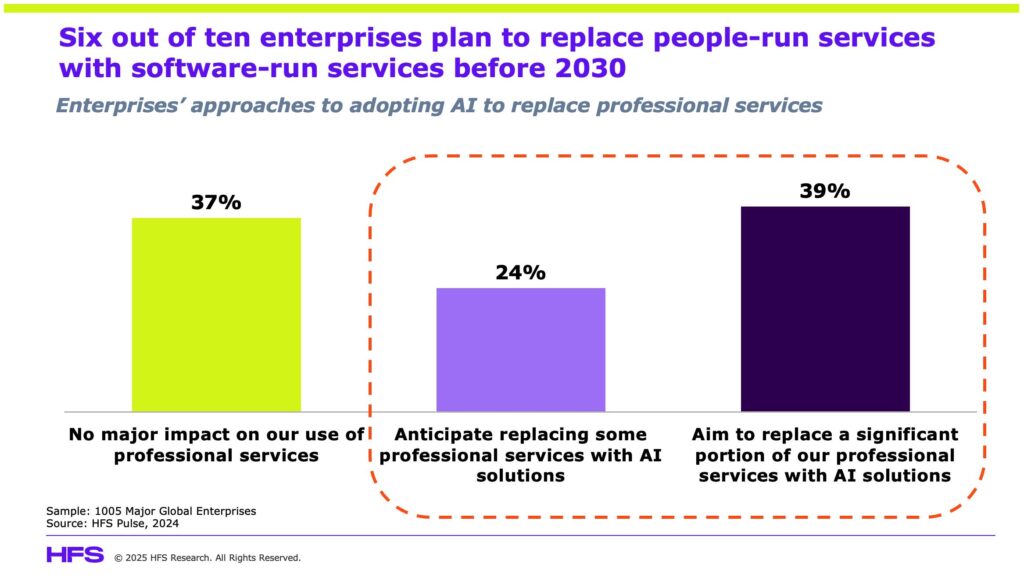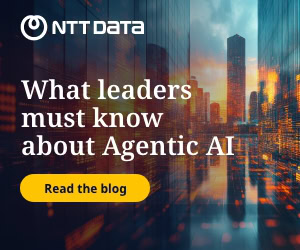Services-as-Software stands as a transformative $1.5 trillion opportunity reshaping the enterprise technology and services landscape, according to the analyst firm Horses for Sources (HFS).
This new category uniquely combines AI-driven automation, continuous learning, and outcome-based pricing to replace traditional, labour-heavy IT services and bloated, static SaaS models.
For CIOs in Southeast Asia, this signals an urgent need to rethink IT budgets and strategic priorities by shifting investments from conventional software licences and consulting services towards adaptive, AI-powered service layers that optimise business processes in real time.
HFS highlights that the current software and services models are widely perceived as inefficient and overpriced. Enterprise software is criticised for its complexity, cluttered features, and dependence on costly manual configurations.
Similarly, services are often a costly exercise in human effort billed by the hour rather than meaningful outcomes. In contrast, Services-as-Software offers automated, scalable solutions led by AI that continuously adapt, eliminating the need for extensive consulting or static software products.
This shift is accelerating rapidly: six out of ten enterprises plan to replace at least a portion of their professional services with AI-driven solutions within five years.

The impact on IT budgets will be profound. By 2035, nearly one third of IT spending is expected to flow into AI-powered Services-as-Software platforms.
Spending on traditional IT outsourcing and enterprise SaaS will decline as AI-driven, outcome-focused models take precedence.
Meanwhile, investments in AI-native automation, compliance, cybersecurity, and emerging technologies like quantum computing and blockchain will grow.
Success for providers will hinge on mastering integrated capabilities across people, product innovation, and ecosystem management. This integrated approach will define the winners in a market where service and software boundaries blur.
For Southeast Asian CIOs preparing for 2026 and beyond, embracing this sweeping transition is critical to avoiding obsolescence. CIOs must plan for agile, AI-first architectures that can deliver continuous business value, reduce reliance on manual services, and prioritise dynamic outcomes over fixed licensing costs.





